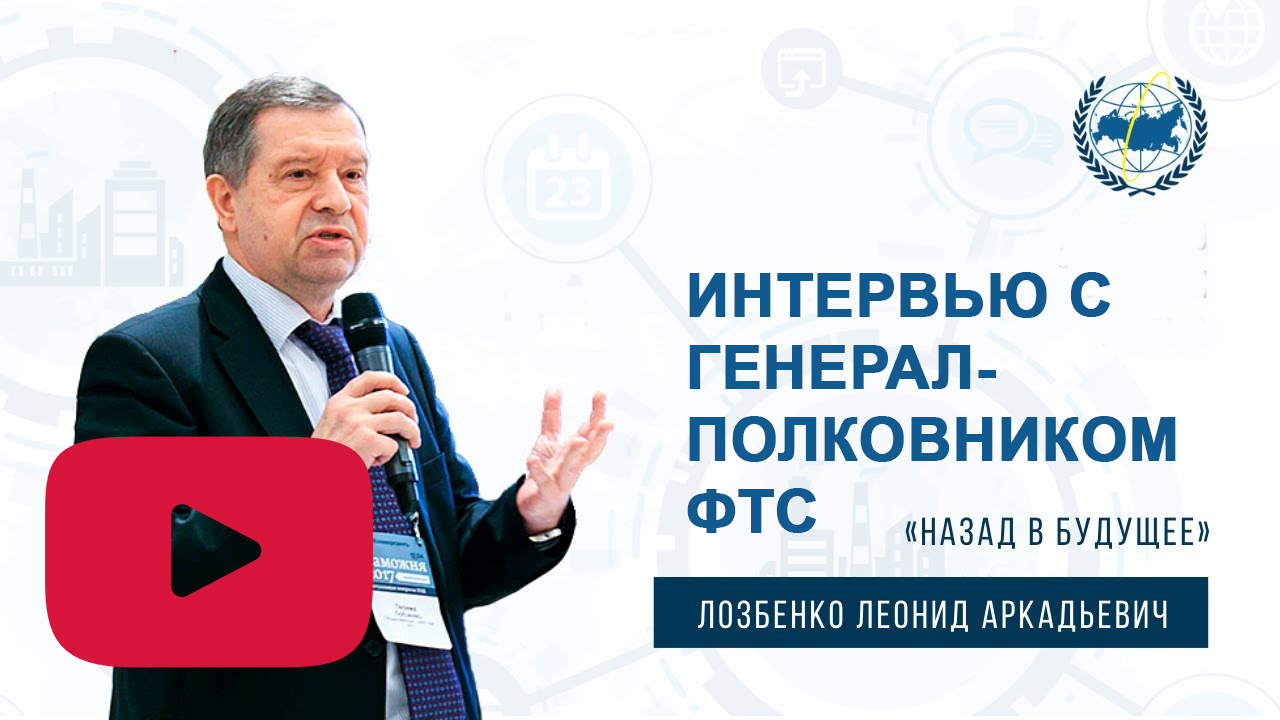The EEU countries agreed to include in the draft strategic directions for the development of the union until 2025 the proposal of the Russian side on the introduction of a single standard for customs operations and customs control. The FCS hopes that this will make it possible to level the differences in the approaches of the customs officials of the five countries to the assessment of customs value and to the rigidity of control. Experts note that the actual unification will depend primarily on the technical equipment of the inspectors and on the risk profiles common for the countries, while the human factor often becomes an important factor in choosing the place of “customs clearance”.
The customs block of strategic directions for the development of the EEU until 2025 includes the proposal of the FCS on a unified standard for performing customs operations and conducting customs control, the first deputy head of the FCS Ruslan Davydov told Kommersant. This block also includes the unification of electronic document management, changes in the EEU Customs Code, taking into account the practice of its application, and the use of digital technologies.
This document must be approved by the heads of the countries of the union, but so far this process is being delayed
The Minister for Customs Cooperation of the EEC Oleg Pankratov told Kommersant that the need to ensure a single standard was agreed upon by all parties, such a clause is included in the draft strategic directions until 2025, but changes may still require consolidation in the EEU Customs Code.
In strategic directions, specific indicators of unification will not be recorded, however, the Russian side intends to seek their implementation at the EEU level, promises the first deputy head of the FCS. The plans include the creation of a common “risk core” (now the cost risk profiles have been coordinated for 600 headings out of 7-8 thousand codes used by importers), unification of the timing of operations, approaches to the arrangement of checkpoints and post-release control.
According to Ruslan Davydov, the unification of customs procedures would get rid of barriers in the internal trade of the union
Recall that the EEU has a single market, therefore, there is no customs control at the borders of the Union countries, but inspections are carried out after the release of goods (especially sanctions). Now the FCS is displeased primarily by discrepancies in the customs value of goods when declaring, the use of different codes of the commodity nomenclature, and the underestimation of the weight of deliveries. In addition, the services of the five countries have a different approach to the number and thoroughness of inspections (in Russia, on average, 4% of imports are subject to inspections). “All these differences lead to economically unjustified flows of goods to countries with cheaper customs clearance for business, and the Russian market, as the largest, suffers the most,” Ruslan Davydov notes.
The importer can customs customs only in the country where he is registered as a legal entity, which makes such a flow illegal.
“But it’s not a secret for anyone that the problem of the so-called preferential customs clearance at a low cost exists in our neighboring countries in the EEU, and unscrupulous importers use it,” says Igor Rebelsky, founder of the customs and logistics company VIG Trans.
“Hypothetically, standardization is possible if all countries of the union reach the same level of technical equipment, so that all decisions are made by the program on the basis of uniform risk profiles, while everything depends on the human factor,” the expert notes. “Even within the same region of Russia at different points different decisions can be made in the same situation. Even conscientious participants in foreign economic activity, customs representatives and holders of the status of an authorized economic operator choose where the clearance is easier and faster at the moment ”.
Source: Виртуальная таможня




